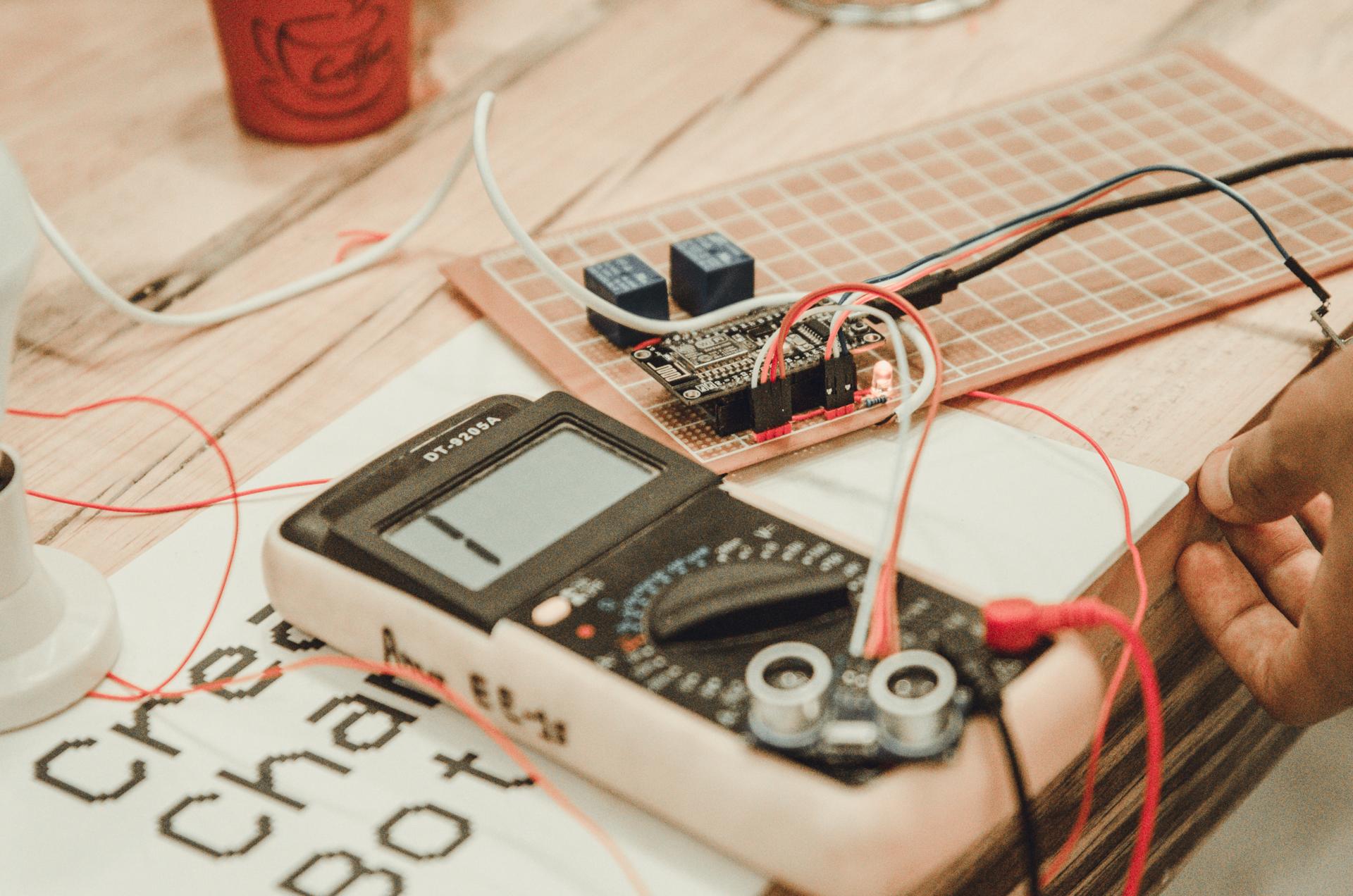Electrical Safety Testing in Your Home: What You Need to Know

In the realm of home security, one of the most crucial areas to think about is the safety of electrical wiring. Testing for electrical safety is the process of checking the electrical system within your home to ensure that it’s safe and current. In this article we’ll give you the basics of what the electrical safety tests are, what tools will be required in order to carry them out, the best method to carry out the tests and the warning signs to be on the lookout for.
What’s what is an Electrical Safety Test?
An electrical safety test is the procedure of examining the electrical system within your home to make sure it’s functioning safely and in a proper manner. The importance of electrical safety tests is as they help to avoid electrical fires and accidents, and ensure the longevity that your electric system has.
Equipment Required to conduct an electrical Safety Test
To conduct an electrical safety check, you’ll need some essential tools. They include an electrical voltage tester and a continuity tester a circuit tester, along with an outlet tester. A voltage tester can look for live circuits, while the continuity tester is used to check for damaged circuits. Circuit testers are used to detect wiring problems as well as outlets testers are utilized to identify wiring issues at the outlets. It is crucial to use these tools correctly to get precise results.
How do you conduct an electrical Safety Test
To conduct the electrical test in your home Follow these steps:
Shut off the power supply for the circuit that you’re testing.
Utilize this voltage tester to check whether there are live circuits.
Use this continuity tester to look the integrity of your circuit.
Use the circuit tester to test for wiring faults.
Make use of the outlet tester to check for wiring problems within the outlets.
When testing make sure you look for indications of wear or damage on the wires, such as frayed or broken wires, burn marks and loose wires. If you find any issues you need to fix them as quickly as you can to prevent any potential dangers.
The Signs of Electrical Issues to be Watchful For
There are a variety of warning signs that could signal electrical problems in your home. This includes flickering lights, frequent circuit breaker tripping noises that crackle or buzz emanating from outlets, hot or discolored outlets as well as a burning smell. If you spot any warning signs, it’s important to act immediately to prevent any electrical dangers.
Conclusion
Electrical safety tests are crucial to ensure your safety and your family. Through regular testing and fixing any issues quickly you will be able to prevent dangers to your electrical system and prolong the life of your electric system. If you need help with electrical testing and repairs, don’t hesitate to contact Local Electrician Ryde. Our experienced team can provide you with expert guidance and support. Contact us at 1300 941 876 to schedule an appointment or to request a quote.
FAQ Section
How often should I do an electrical safety test at my home?
We recommend conducting electrical safety tests at least once a year.
Can I perform an electric safety check on my own , or do I need a professional?
While you can perform the electrical test yourself but it’s best to hire an expert to guarantee accurate results and avoid potential hazards.
Which are the top frequent electrical problems found in an electrical safety test?
The most frequently-repeated electrical issues that are discovered during a safety test include defective wiring, circuits that are overloaded and obsolete electrical systems.
What do I do if discover a problem in the electrical safety test?
If you spot a problem in the electrical safety test it is important to take action immediately. This could include getting a professional electrician to address the issue, or replacing faulty equipment.
